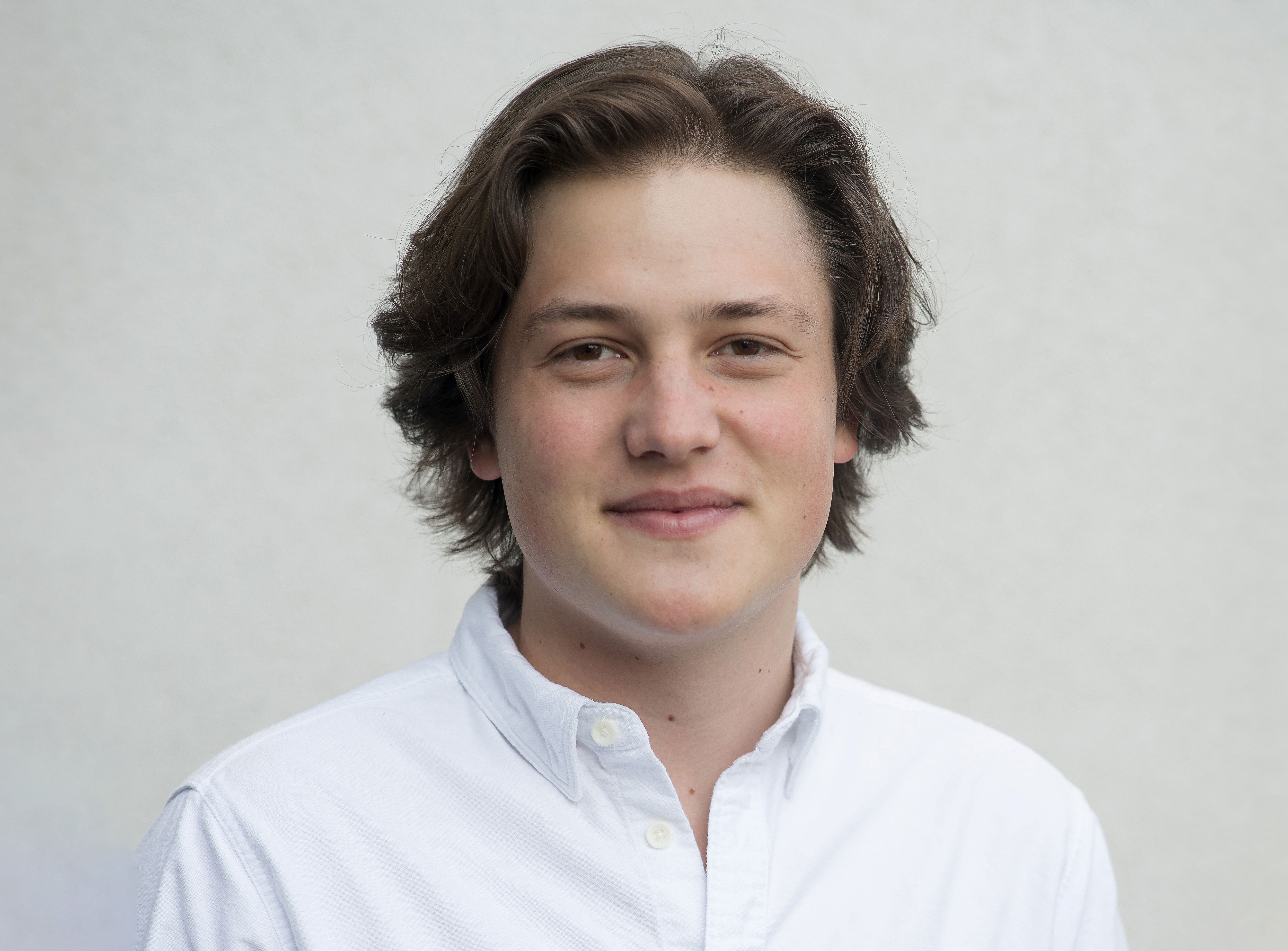Growth Hormone Therapy and Fractures in Children Linked in New Study
Samuel Beber, SOM Class of 2026, Lead Authored the Study Conducted at the Hospital of Special Surgery During a Summer Research Fellowship

Human growth hormone has long been used to treat certain medical conditions in children yet may cause a serious complication, according to a new study lead-authored by Samuel Beber, M.Sc., SOM Class of 2026, that was conducted with researchers at the Hospital of Special Surgery (HSS) during his summer research fellowship.
The odds of having taken human growth hormone therapy were 15 times higher among children who experienced a fracture to the growth plate of the upper shinbone compared with a matched comparison group who experienced midshaft tibia fractures, according to the study published in the Journal of Bone and Joint Surgery.
While human growth hormone therapy has been used for decades to treat growth hormone deficiency due to underlying medical conditions such as Turner syndrome, very low birth weight, Prader-Willi syndrome, and chronic renal insufficiency in children, its use became more widespread in 2003 when the U.S. Food and Drug Administration approved the therapy for the treatment of short stature with no known cause.
“In our study, we found that there was a significant association between growth hormone therapy and proximal tibial physeal avulsion fractures, a previously unreported complication related to growth hormone therapy which in adolescents, and particularly adolescent athletes, requires careful consideration when deciding to initiate this therapy,” says Beber.
“We have been seeing more cases of tibia growth plate fractures in our emergency room and outpatient offices,” says senior author Peter D. Fabricant, M.D., M.P.H., a pediatric orthopedic surgeon at HSS, who mentored Beber. “While kids are still growing, the tibia growth plate is structurally weaker than the patellar tendon. When a child or adolescent lands awkwardly or forcefully contracts their quadriceps muscle, instead of the patellar tendon rupturing, it pulls off a piece of bone from the growth plate because the growth plate is weaker.”
The study is the first to quantify this relationship formally. The analysis revealed that 11 percent, of patients with a proximal tibia physeal avulsion fracture reported taking human growth hormone, whereas zero patients in the comparison group were taking growth hormone. Therefore, the odds of having used growth hormone therapy were 15 times higher among patients with proximal tibia physeal avulsion fractures than the comparison group. Most patients, 86 percent, were taking growth hormone for growth hormone deficiency (GHD).
Beber, who is currently conducting research in pediatric orthopedics as well as transplant surgery, says, “For me, research is hugely important as it provides the opportunity to deeply explore topics in my fields of interest and contribute to the growing bodies of knowledge. Additionally, research provides an outlet for creative thinking. While strong research projects are highly structured and methodical, creativity lies in the design of the study as well as the articulation of the results. With any project, there are inevitably roadblocks and unforeseen challenges that will arise. However, being able to think critically, collaborate, seek guidance when needed and problem-solve to manage challenges effectively is what will get projects across the finish line.”
